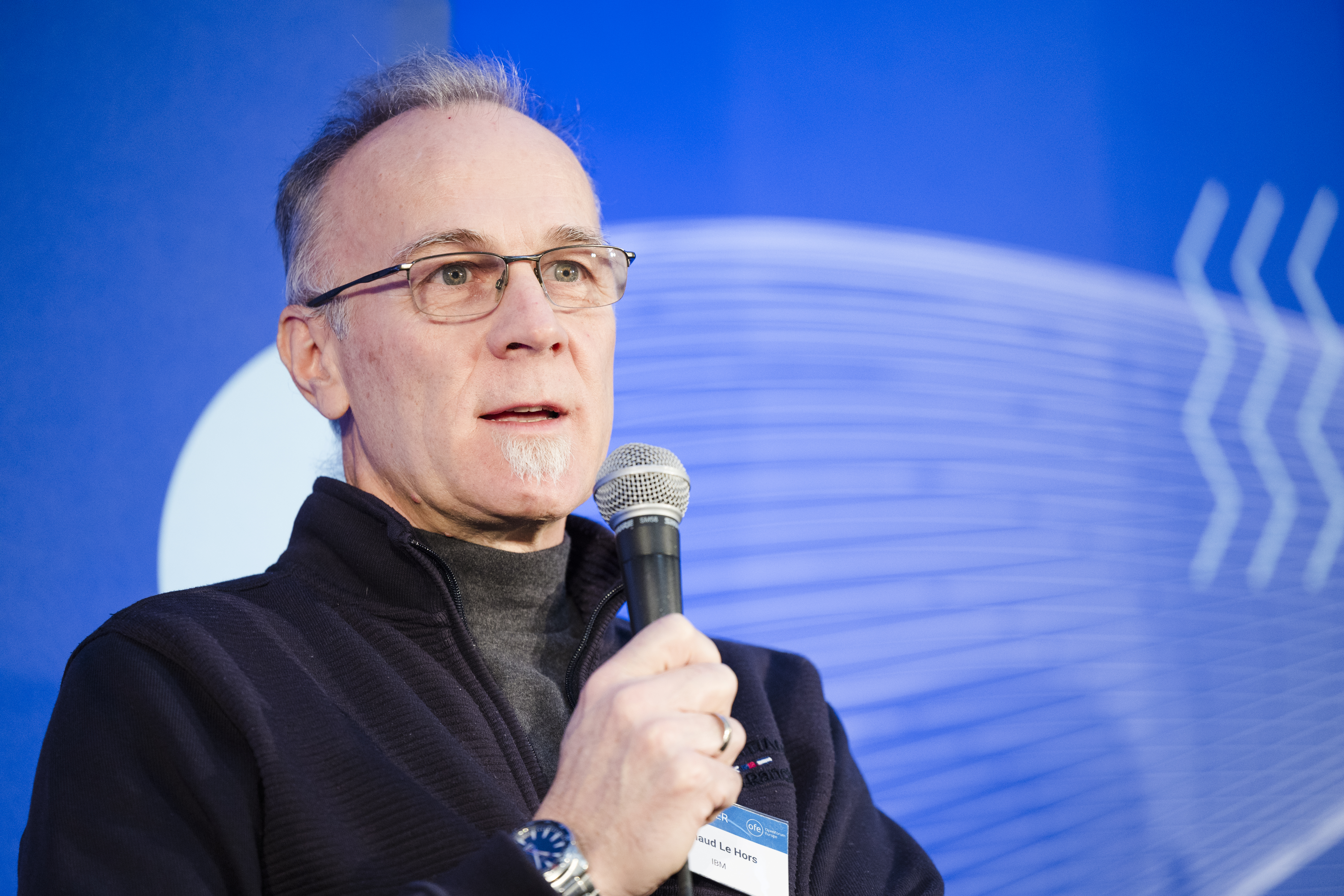The Eco-Patent Commons has momentum
Although I’ve never talked about the Eco-Patent Commons before I’ve actually been involved in this project since its inception. You might wonder why, given that it doesn’t really have anything to do with standards and open source which are my primary focus.
It’s one of those “special projects” we have at IBM which do not necessarily fall within the scope of anyone’s responsibilities, and for which we pull in people with various skills to help out.
What I brought to the project was experience with patent pledges and policies as well as organizations/associations of various interested parties (regarding process, governance, etc.)
The initial idea came out of IBM’s Global Innovation Outlook program. A program in which we invite people from all around the world to meet and discuss “the most vexing challenges on earth” and what might be done about them.
In this case the idea that came out of the GIO was to share patents to help protect the environment and foster innovation in that field.
For several years IBM had been experimenting with non traditional ways to use our patent portfolio. We thus did several patent pledges in support of Linux, Open Source, Web services based healthcare and education related standards, and others. So, the idea of allowing one to use our patents on a royalty free basis for a specific purpose was no foreign concept to IBM and doing so in support of the protection of the environment fit within this trend. It was therefore agreed upon within IBM without much controversy.
Because we didn’t want this to be just an IBM thing however, we looked for a neutral host and invited other companies to participate in the creation of a patent commons.
Difference between a patent pledge and a patent commons
A patent pledge can take various forms but it is basically a public commitment from a patent owner not to sue one or more parties for infringement, typically, in support of a specific usage. This is usually done by companies like IBM in support of specific technologies, standards, or particular industry trends, such as the open source with the goal to facilitate adoption of a specific technology, standard, or software.
Wikipedia defines commons as a word “used in the sense of any sets of resources that a community recognizes as being accessible to any member of that community.” In the case of patent commons, the resources made accessible are patents. Like patent pledges, patent commons are typically created in support of a specific goal. The major difference between patent pledges and patent commons is that while pledges can be done unilaterally, commons by nature require the creation of a community, a set of identified intellectual property owners who agree to respect the rules set by the community.
We investigated several possible hosts and eventually settled on the World Business Council for Sustainable Development (WBCSD) which welcomed us with enthusiasm.
WBCSD is perfect for this because the project fits well within its mission and, WBCSD is an international organization with participation from companies from all around the world.
The Eco-Patent Commons was launched in January 2008 with the participation of Nokia, Pitney Bowes, and Sony, in addition to IBM.
Later Bosh, Dupont, and Xerox joined, and today WBCSD announced that Ricoh and Taisei joined the commons and Dupont contributed more patents.
While we haven’t seen an explosion in participation the commons exists and keeps on growing both in terms of number of patents and in number of members. This is very encouraging. The idea of pledging patents is still brand new so, it’s no surprise it takes time for companies to get comfortable with it. The fact that several companies have already done so leaves me without doubt that more are to join us.
I invite you to familiarize yourself with the Eco-Patent Commons. Investigate whether your company might join and talk about it around you. Feel free to contact me if you have any questions.
